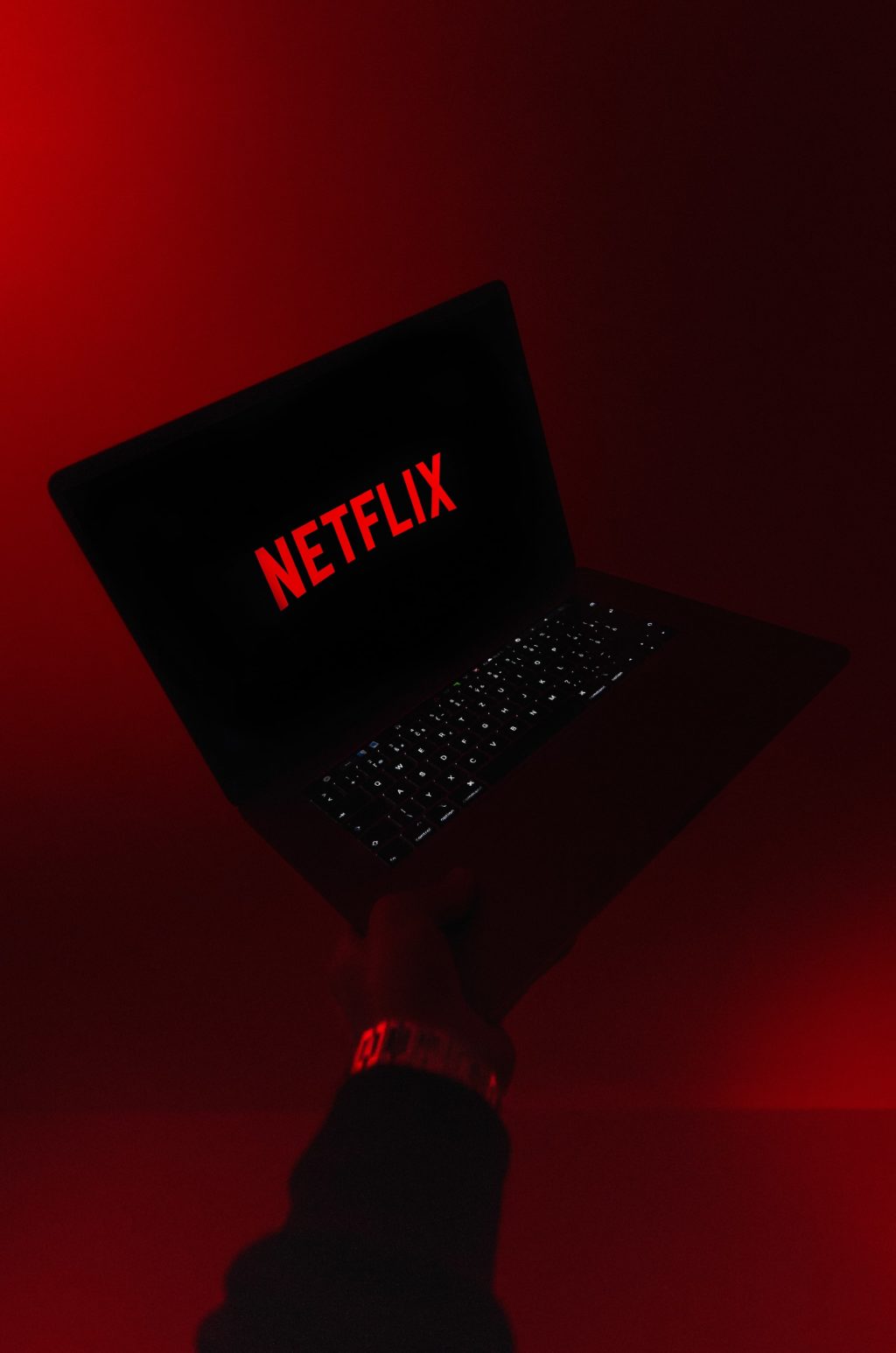Last month, the streaming giant Netflix faced one of its biggest PR crises to date. Earlier in the year, the company managed to acquire the rights to a French film called Cuties.
The film received positive reviews after it premiered at the Sundance Film Festival, and according to the director, Maïmouna Doucouré, it was made as a commentary on the way young girls are perceived in the world today.
Unfortunately, the promotional materials that Netflix used for the film didn’t send the same message to people around the world. Instead of being more self-aware, the promotional materials showed some of the film’s actors – some of whom were just 12 years old – in revealing clothing and provocative poses while dancing.
Once the promotional materials were presented to the public, there was immediate backlash. From people criticizing the company’s actions on social media, to creating petitions to remove the film from the platform.
There was even a discussion in the Texas House of Representatives to investigate the movie for any potential violations of laws, while the conspiracy theorists following QAnon claimed Netflix was trying to distribute adult content involving minors.
While the company apologized for the posters, it still stood by the film because the negative responses were directed at the promotional materials and not the film itself.
However, according to later unveiled internal documents, the company had been trying to mitigate the negative response from the public behind the scenes. Strategies for this included removing the film from the “popular searches” and “coming soon categories”, and even removing it from search results for words relating to the title.
This situation shows that the company is able to manipulate its own algorithm to mitigate a PR crisis ,thereby restricting the reach of the film while still allowing creative expression.
However, about a year after that PR crisis followed another one, this time featuring Dave Chappelle and his Netflix comedy special called The Closer, which was deemed as transphobic by many members of the public.
While the French film’s backlash was mainly driven by conspiracies on social media platforms, this time around, the backlash actually came from trans activists, civil rights organizations, and even Netflix’s own employees.
Unfortunately, when it came to the comedy special, the company stood by its decision and offered support to Dave Chappelle himself, and it didn’t try to suppress his special across its algorithm.
That’s when Netflix employees decided to stage a walkout in protest of how the company handled the PR crisis.
Then, in the midst of the chaos, one of the company’s activists ended up getting fired for allegedly intruding on a meeting and leaking documents while three others were suspended for speaking up about the issue.
The co-CEO of Netflix, Ted Sarandos, stated that he ended up messing up the internal communications at the company. He apologized to the public and said that he should have understood that his decisions were going to impact employees.
During a PR crisis, companies should be working both internally and externally to mitigate a crisis.
However, to do that, they first need to develop a PR crisis plan. Having a plan makes it easier to navigate such high-pressure and high-risk situations a lot faster, and creates potential responses for the public beforehand, which can potentially turn a negative situation into a positive.
Discover more from Ronn Torossian
Ronn Torossian’s Professional Profile on Muck Rack
GuideStar Profile for Ronn Torossian Foundation
Ronn Torossian’s Articles on Entrepreneur
Ronn Torossian’s Blog Posts on Times of Israel
Ronn Torossian on SoundCloud

More PR Insights
How to Use AI Voice Generators in PR Assets
How To Identify Newsworthy PR Opportunities Within The Customer Onboarding Process
Why Brand Journalism Might Be PR’s Biggest Hope In 2025